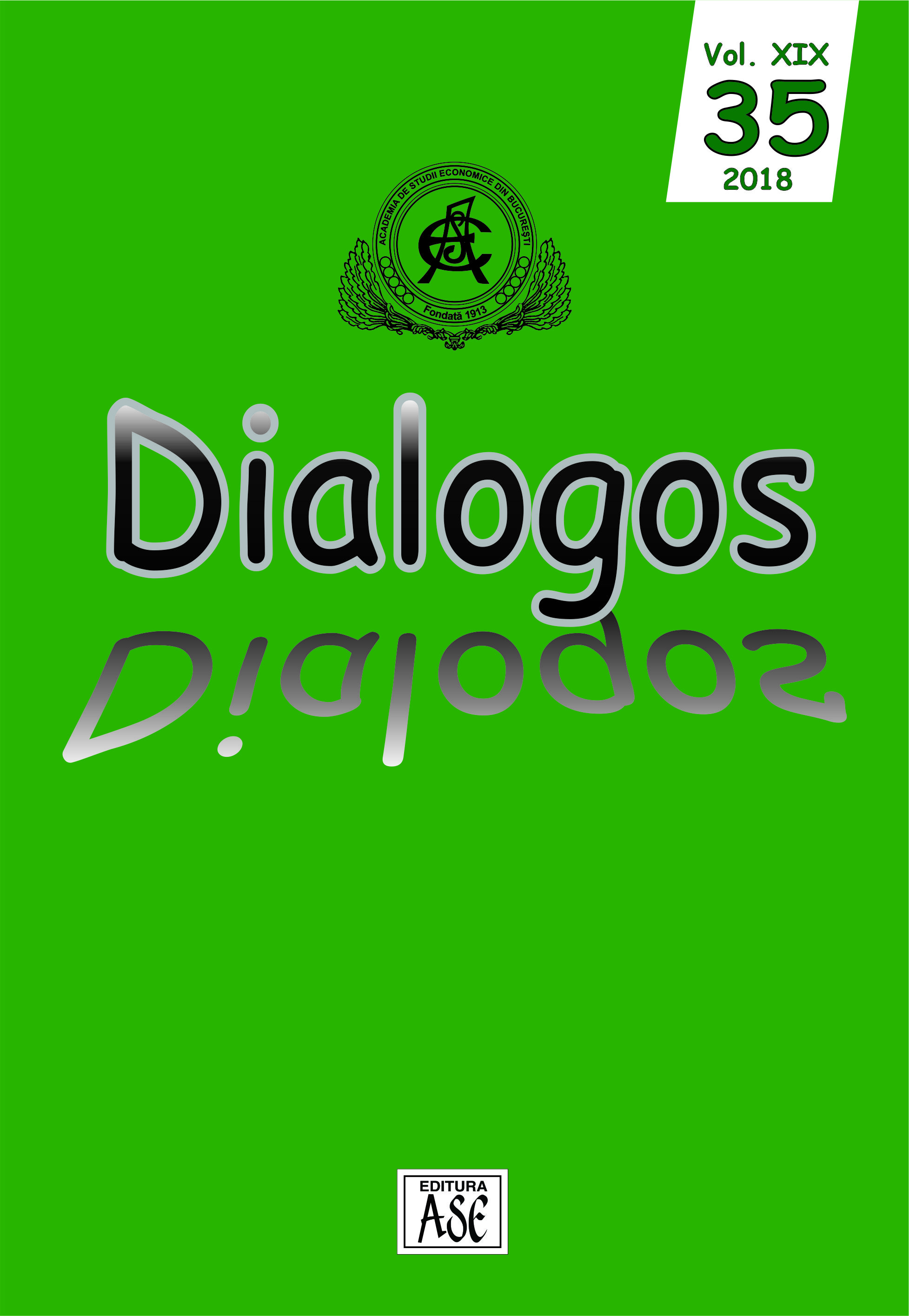Scene şi personaje îngemănate în Falsificatorii de bani
Scenes and Entwined Characters in Les Faux Monnayeurs
Author(s): Mihai Serban, Nicoleta Raluca SerbanSubject(s): Language and Literature Studies, Applied Linguistics
Published by: EDITURA ASE
Keywords: mirror reflection; Proteism; aggressive femininity; rebellion against authority;
Summary/Abstract: Mature writing, published 35 years after Gide’s debut with Les Cahiers d'André Walter (1891), Les Faux Monnayeurs (1926) is the only text considered a “novel” by its author. Thus, it should be different from the “quasi-autobiographic” writing of Gide’s debut works, such as Les Cahiers..., or from the self-ironic, ambiguous parables (“sotie”) of Paludes (1895), or Les caves du Vatican (1914). Les Faux Monnayeurs does not represent a creation novel, in the classical, Balzacian, sense of the word, i.e. one in which the heroes are not only embodiments of characters, but especially stand-alone persons, with a certain degree of independence from the author’s personality. A symbolic transposition of the essential situations of the author’s psychology, as Jean Delay argues, Gide’s “novel” reveals to the reader what we could refer to as inner theater, to use Mallarmé’s words. The novel background is a divided one: in the foreground there are characters such as Edouard, author of a potential novel, named precisely Les Faux Monnayeurs, the psychoanalyst Sophroniska, Laura, Boris, Bernard, etc; while in the background, other characters, that complement the first series, such as Vincent, Lady Griffith or Passavant take part in a drama which reveals the very conflicts that simmer in the personality of the actors situated at the center of the scene. A game of multiplication and reflections in the mirror, the story of Les Faux Monnayeurs is not new in Gide’s literature; it presupposes the same self-seeking, self-discovery process, the same anxiety caused by femininity, rescued from ridiculousness or self-guilt by ambiguity and self-irony.
Journal: Dialogos
- Issue Year: 19/2018
- Issue No: 35
- Page Range: 26-40
- Page Count: 14
- Language: Romanian

